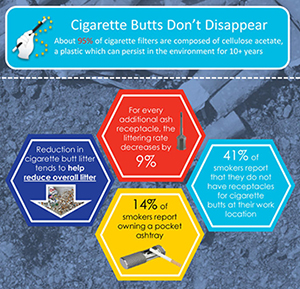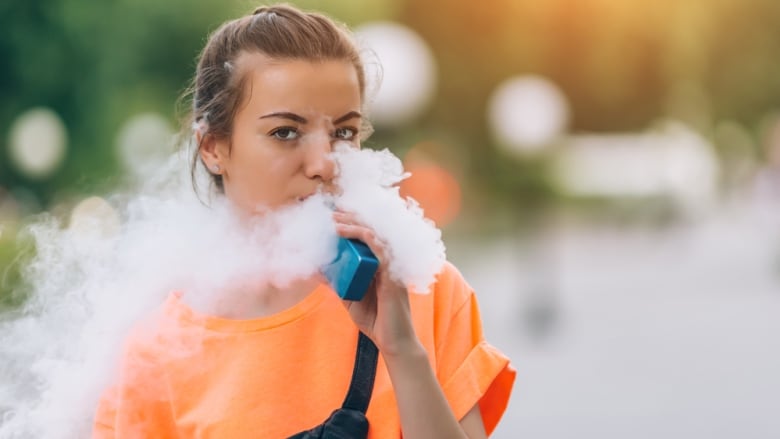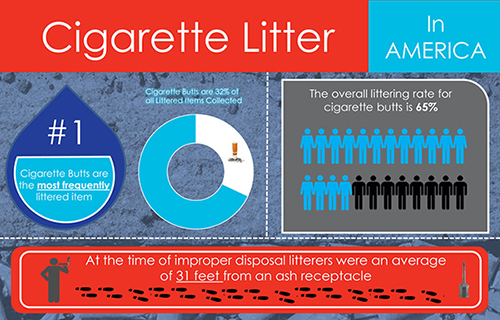QuitDoc Foundation
|
By Sarah Nelson, Staff Writer Gainesville Sun Commissioner Ken Cornell of Alachua Countyspoke highly of the new ordinance, calling the use of e-cigarettes among kids an “epidemic.” Alachua County is now the first county in the state to raise the tobacco-buying age to 21. The new ordinance will be enforced in all areas of the county, and applies to all tobacco products, including e-cigarettes, vaping products and liquid nicotine devices. Each municipality will have the opportunity to back out of the ordinance at any time. Jerry Brewington, senior planner for the county’s growth management office, said the ordinance is aimed at stopping the sale of tobacco products. In other words, those under 21 won’t be penalized for smoking. Many members of the nonprofit Tobacco Free Alachua County attended the meeting, saying the region should be the leader in phasing out youth tobacco use. The ordinance passed 5-0 and will take effect in nine months. Commissioner Ken Cornell spoke highly of the new ordinance, calling the use of e-cigarettes among kids an “epidemic.” “We’re really happy,” Megan Hendricks, an Alachua County PTA member, said after the vote. “This will have a positive impact on our children.” The county banned the sale of tobacco to those under 18 in 2013, with the rule extended to include e-cigarettes a few months later. Visit Gainesville Sun for more information.  TOBACCO IMPACTS ON OUR LOCAL ENVIRONMENT By: Tracy DeCubellis, Gilchrist County Community Health Advocate Around the United States, many recreation areas such as beaches, parks, and other nature and recreational areas have attempted to stem the tide of environmental damage caused by tobacco waste by creating tobacco free areas. Many people tend to think of tobacco in terms of secondhand smoke, which is important to be sure, but it is not often that the impact of those cigarette butts, e-cigarette waste, snuff and snus pouches, and other tobacco residue is actually having on natural areas and wildlife when people use them in natural settings. It is a well-known fact that tobacco products contain a variety of toxins like nicotine, benzene, cadmium, formaldehyde, arsenic, and a variety of other chemicals. They do not disappear when someone is finished using a tobacco product and they throw it on the ground. Instead, the toxins that remain in the product are deposited on the ground. Did you know that cigarette butts are not biodegradable? All of those cigarette butts that are thrown on the ground stay there, polluting the environment. The sad fact is that cigarette butts are the number one source of beach pollution around the world (1). In fact, only about 10% of all cigarette butts are actually thrown away or put into ashtrays (2). This is an issue that should be seriously considered, especially areas that have rivers, springs, beaches and wildlife or natural areas used by the public. These areas can be a tremendous resource for the community and the state, but what happens if tobacco trash is littered in those areas? Animals such as birds and fish have been shown to eat tobacco trash, like cigarette butts, and they have been discovered in the stomachs of animals (3). Additionally, a study was done to find out the impact of a few cigarette butts on surrounding marine environments. It was discovered that putting just one cigarette butt into a liter of water had the effect of killing half of the fish that were exposed to it (4). If healthy rivers, springs, and natural areas is an important issue to you, consider ways to get involved to help work toward a Florida free from tobacco waste. References: |
|


 RSS Feed
RSS Feed
